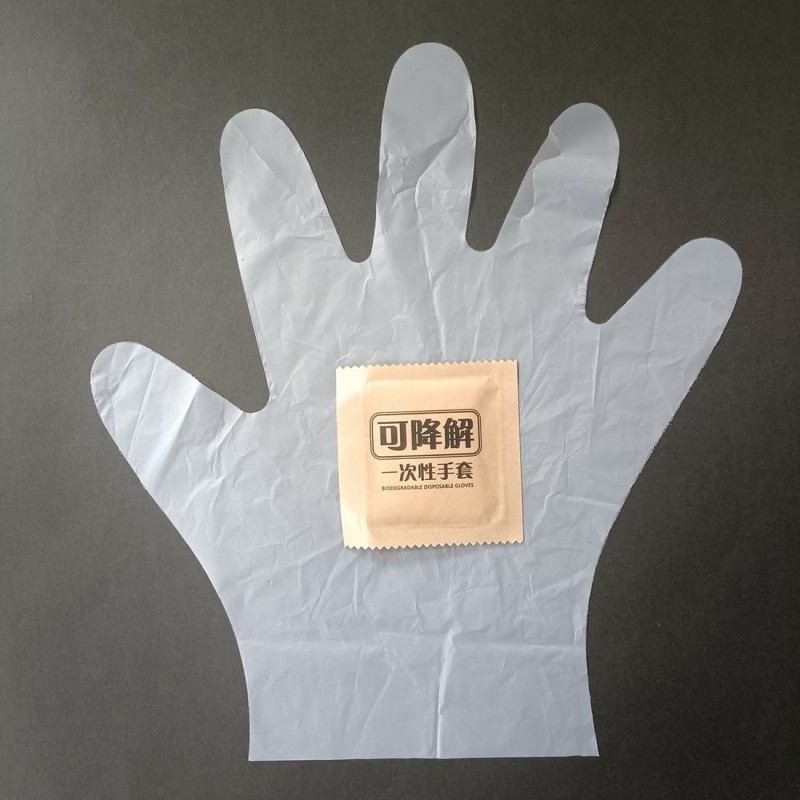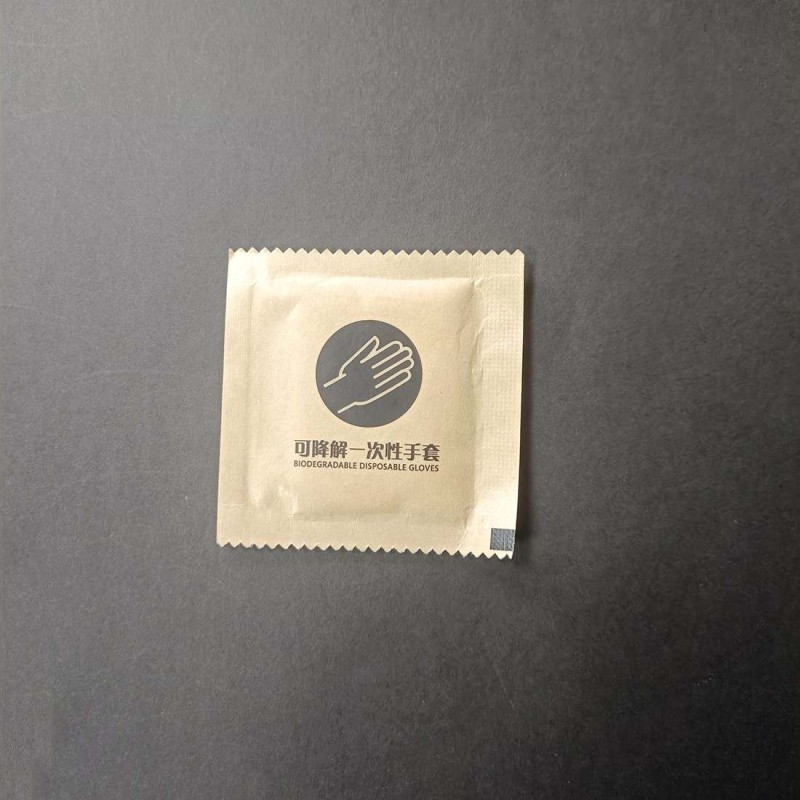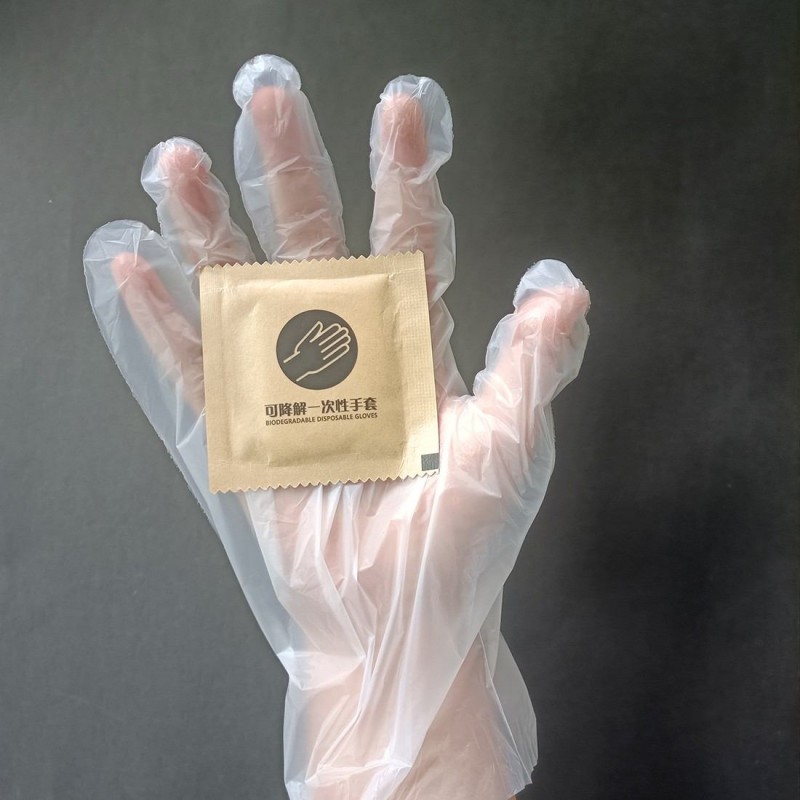Breaking Down the Materials: What Makes Biodegradable Gloves Eco-Friendly?
As global awareness of plastic pollution and environmental sustainability continues to rise, more industries are turning to eco-friendly disposable gloves as an alternative to traditional single-use plastic gloves. But what exactly makes biodegradable gloves eco-friendly? The answer lies in the materials used, how they break down, and the environmental benefits they offer throughout their lifecycle.
In this article, we’ll take a closer look at the most common materials used in biodegradable gloves, how they compare to conventional plastic gloves, and why switching to plant-based gloves is a step toward a more sustainable future.

What Are Biodegradable Gloves?
Biodegradable gloves are disposable gloves designed to break down naturally in the environment through microbial activity. Unlike regular plastic gloves—which can take hundreds of years to decompose—these gloves are made from organic or compostable materials that return to the earth without leaving harmful residues.
They are commonly used in:
Food handling
Medical and healthcare environments
Cleaning services
Retail and customer service
Industrial packaging
Whether you run a restaurant, clinic, or packaging business, biodegradable gloves help reduce your carbon footprint and align your brand with sustainability.
Common Materials in Biodegradable Gloves
1. PLA (Polylactic Acid)
Derived from corn starch or sugarcane, PLA is a popular material in plant-based gloves. It is compostable under industrial conditions and has low toxicity.
Pros:
Renewable resource base
Low emissions during production
Smooth texture suitable for food use
2. PBAT (Polybutylene Adipate Terephthalate)
PBAT is often blended with PLA to improve flexibility and strength. It’s biodegradable in both soil and composting facilities.
Pros:
Good elasticity
Breaks down within months under compost conditions
Ideal for compostable gloves
3. Starch-Based Polymers
These gloves use modified natural starches and are 100% compostable. They are ideal for short-term use where light protection is required.
Use Case: Light-duty cleaning, takeout packaging, food service.
4. CPE or TPE (Eco-treated variants)
Some biodegradable disposable gloves use advanced treated plastics with additives that accelerate degradation in landfills.
Note: These are oxo-biodegradable, not fully compostable. Still better than regular PE gloves, but less ideal than PLA or PBAT in terms of eco-impact.

Are Biodegradable Gloves Truly Eco-Friendly?
Yes—eco-friendly biodegradable gloves significantly reduce the environmental burden of plastic waste. However, the level of eco-friendliness depends on:
Degradation conditions: Some gloves require industrial composting to fully break down.
Material sourcing: Renewable and non-toxic materials add more value.
Certifications: Look for certifications like EN13432, ASTM D6400, and OK Compost to ensure claims are verified.
Benefits of Using Eco-Friendly Gloves
Lower landfill waste: They break down faster than petroleum-based plastics.
Safe for composting: When properly disposed of, they become part of organic waste cycles.
Brand image: Businesses that use compostable gloves demonstrate commitment to sustainability.
Customer preference: Eco-conscious consumers prefer sustainable packaging and service tools.

Choosing the Right Biodegradable Gloves Supplier
Not all biodegradable gloves suppliers are created equal. When sourcing, consider:
Certification and material transparency
Production capacity and lead time
OEM/ODM customization capabilities
Sustainability reports or environmental impact data
If you're looking for a reliable compostable gloves manufacturer, be sure to verify their materials, test reports, and export qualifications.
Final Thoughts
Biodegradable gloves are more than just a trend—they’re a tangible step toward reducing our plastic footprint. By understanding the materials that make them eco-friendly, you can make better decisions for your business and the planet. Whether you're in food service, healthcare, or retail, switching to eco-friendly disposable gloves is a simple yet powerful way to contribute to a more sustainable future.






